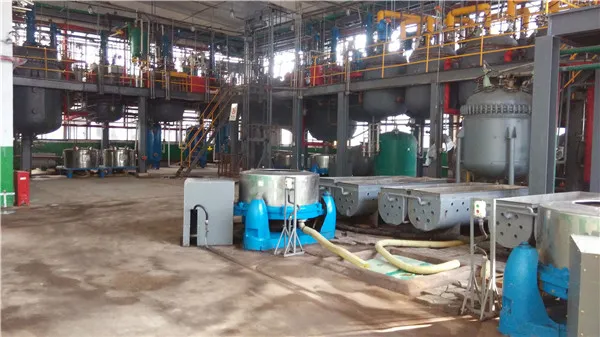Understanding 2-Chloropropionyl Chloride Properties, Applications, and Safety Considerations
2-Chloropropionyl chloride is an important chemical compound in the field of organic chemistry. With the chemical formula C3H5ClO, it is an acyl chloride derived from propionic acid. This compound plays a significant role in various chemical reactions and syntheses, making it a valuable precursor in the manufacture of diverse chemical products.
Properties of 2-Chloropropionyl Chloride
2-Chloropropionyl chloride is a colorless to yellowish liquid with a pungent odor reminiscent of acyl halides. It has a boiling point of about 115 °C and a low melting point, making it a liquid at room temperature. Its density is approximately 1.12 g/cm3, which contributes to its high reactivity. As an acyl chloride, it possesses a reactive carbonyl group (C=O) adjacent to the chlorine atom, making it susceptible to nucleophilic attack. This feature renders it a versatile reagent in various synthetic pathways.
Synthesis
The synthesis of 2-chloropropionyl chloride typically involves the chlorination of propionyl chloride, which can be derived from the reaction of propanoic acid with thionyl chloride or oxalyl chloride. This process underscores the halogenation chemistry that is fundamental in organic synthesis. The chlorination introduces reactive sites that can engage in further chemical reactions, facilitating the formation of various derivatives and other functional groups.
Applications
2-chloropropionyl chloride

The applications of 2-chloropropionyl chloride are diverse and significant in the chemical industry
. One of its primary roles is as an intermediate in the synthesis of pharmaceuticals. For example, it is utilized in the manufacture of certain antibiotics and analgesics, where it acts as a building block in the development of more complex molecular architectures. Its ability to introduce a chlorine substituent is crucial for enhancing the biological activity of drug candidates.In addition to pharmaceuticals, 2-chloropropionyl chloride is used in agrochemicals, particularly in the synthesis of herbicides and pesticides. The incorporation of chlorinated compounds in these products often improves their efficacy and stability against environmental degradation. Furthermore, this compound finds use in the production of specialty chemicals, including dyes and fragrances, where its unique reactivity can create tailored properties in the final products.
Safety and Handling
Despite its valuable applications, 2-chloropropionyl chloride poses several health and safety risks that must be managed. As an acyl chloride, it can react violently with water, releasing hydrochloric acid (HCl) and generating heat. Consequently, it must be stored under anhydrous conditions and handled with care to avoid moisture exposure.
When working with this compound, appropriate personal protective equipment (PPE) is essential. This includes gloves, goggles, and respiratory protection, as inhalation or direct contact can cause severe irritation to the skin, eyes, and respiratory tract. Additionally, any spills must be addressed promptly, using appropriate neutralizing agents and adhering to waste disposal regulations to mitigate environmental impact.
Conclusion
In conclusion, 2-chloropropionyl chloride is a crucial compound in the realm of organic synthesis, with significant applications in pharmaceuticals, agrochemicals, and specialty chemicals. Its unique properties and reactivity make it a valuable intermediate for creating diverse products. However, its handling requires adherence to stringent safety protocols to prevent accidents and ensure the well-being of individuals working with this chemical. As the demand for innovative chemical solutions continues to grow, the importance of compounds like 2-chloropropionyl chloride in advancing scientific and industrial applications cannot be overstated.

